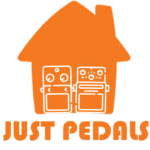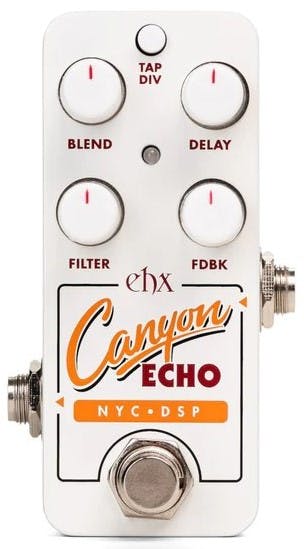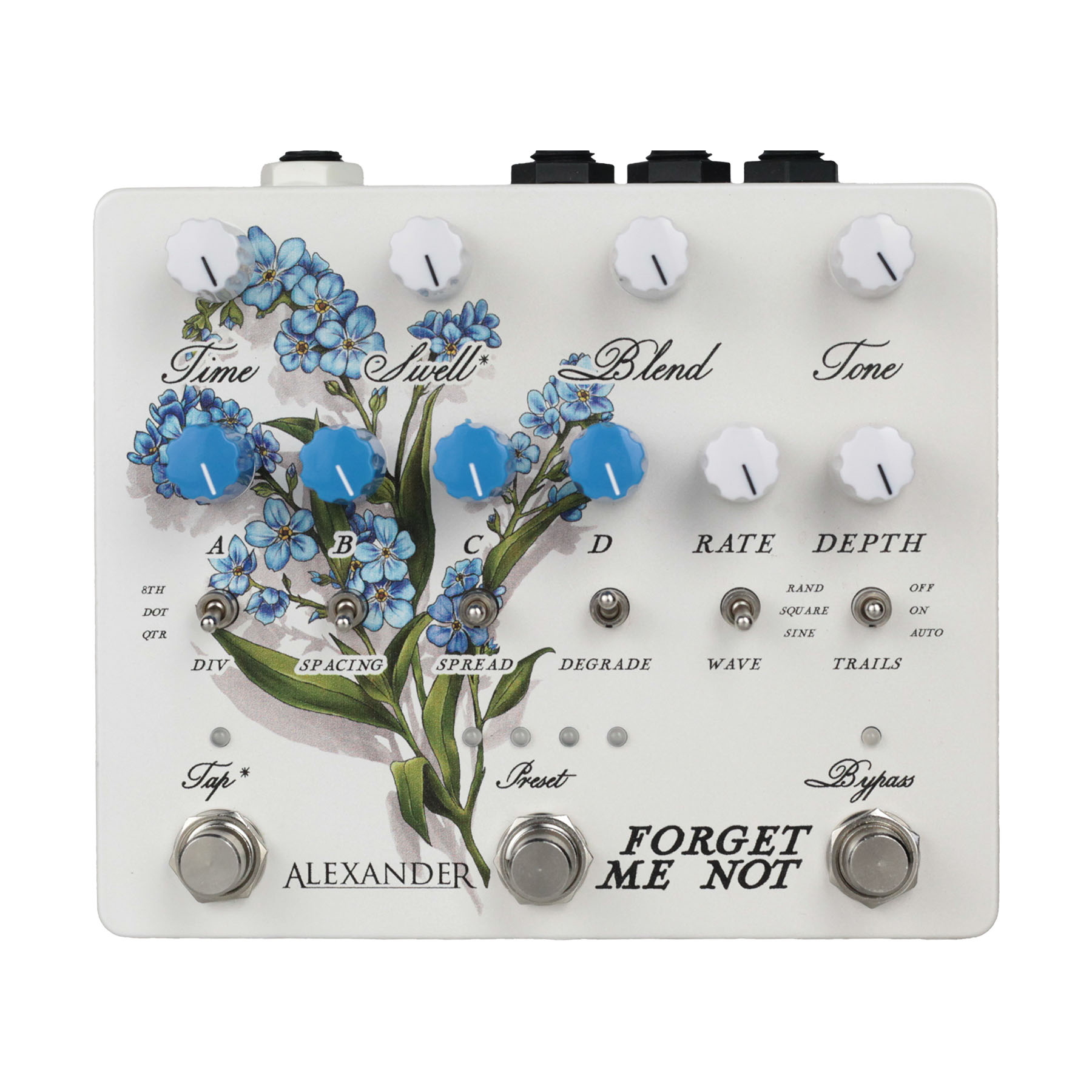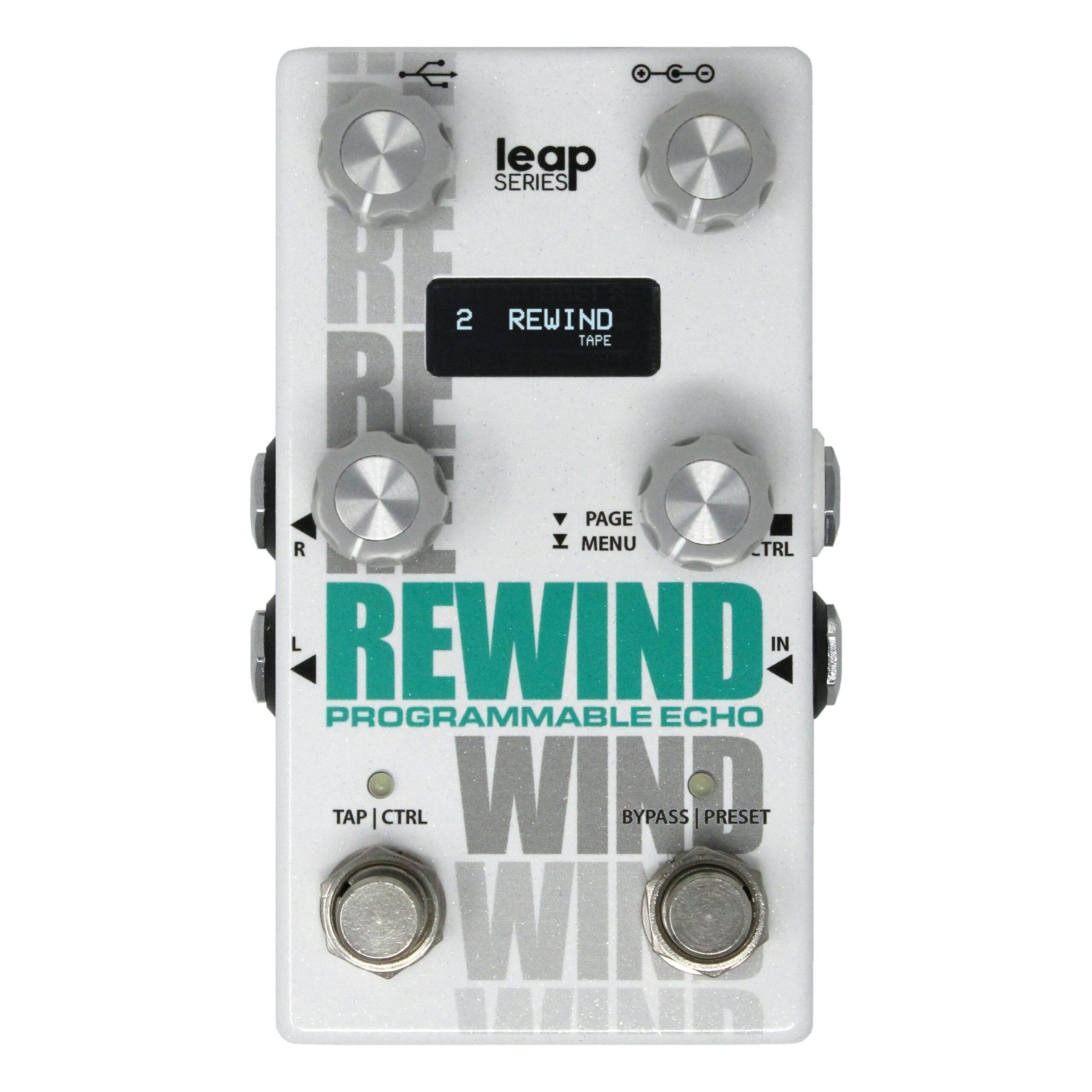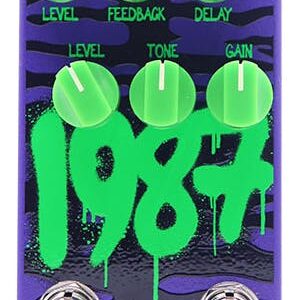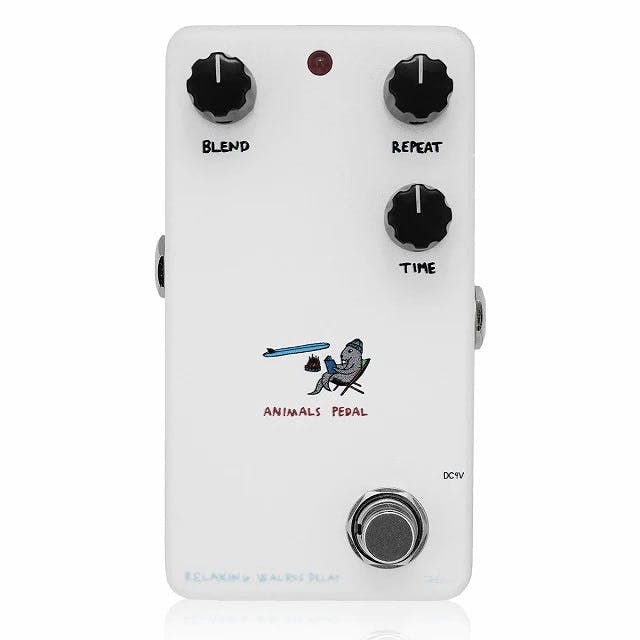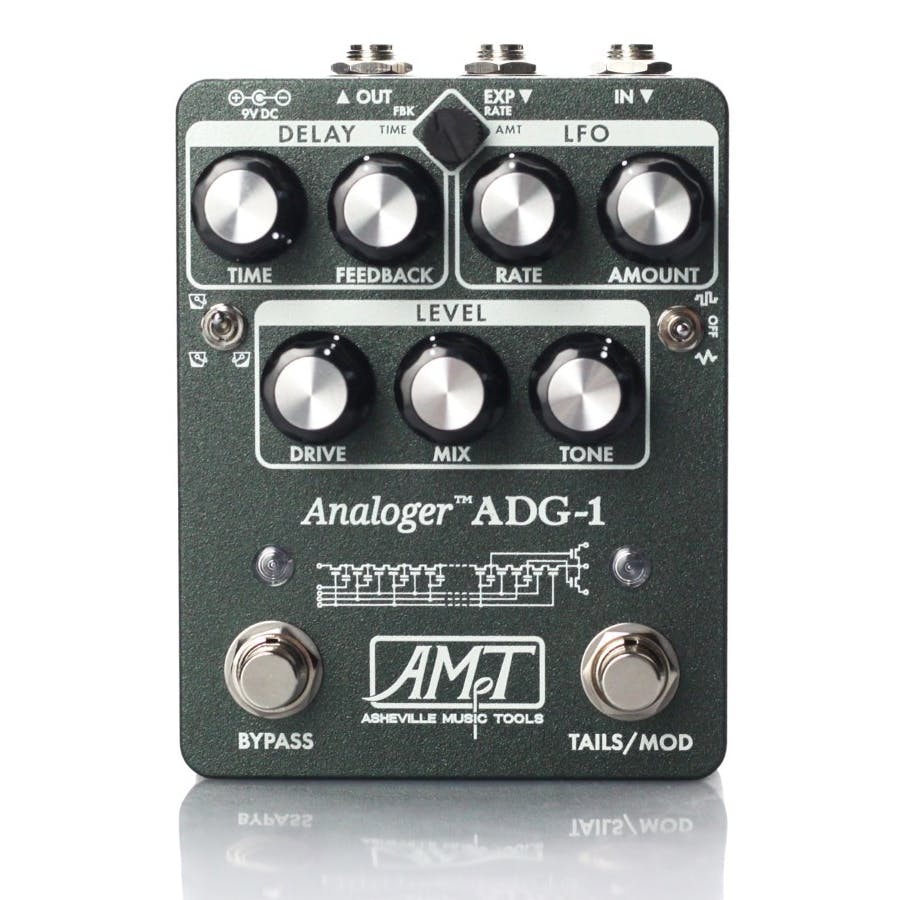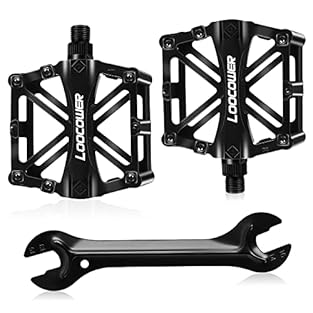Electro-Harmonix (EHX) is a legendary manufacturer of guitar pedals and audio electronics, renowned for their distinctive sound and pioneering designs. Established in 1968 by Mike Matthews, EHX has played a significant role in shaping the landscape of effects pedals. The company’s pedals are celebrated for their innovative circuits and unique tones, earning them a dedicated following among musicians across genres. From classics like the Big Muff Pi fuzz to modern favorites like the POG octave generator, Electro-Harmonix pedals are known for their versatility and sonic character.
EHX’s product lineup spans a wide range of effects categories, including distortion, modulation, delay, and reverb, among others. Their pedals often feature intuitive controls and rugged construction, making them suitable for both stage and studio use. In addition to their iconic standalone pedals, Electro-Harmonix has also produced notable units such as the Memory Man delay/echo and the Holy Grail reverb, which have become staples in many guitarist’s rigs. With a legacy of innovation and a commitment to quality, Electro-Harmonix continues to be a leading force in the world of guitar effects, inspiring musicians to explore new sonic possibilities.
Just Pedal Ingredients.
Delay — A delay pedal is a type of guitar effects pedal used to create echoes or repetitions of the original guitar signal. It achieves this by capturing the input signal, delaying it by a specified amount of time, and then playing it back. Delay pedals are versatile tools that can add depth, dimension, and ambience to guitar tones, and they are widely used across various music genres, from rock and blues to ambient and experimental.
Here are the key features and functions of a delay pedal:
1. **Delay Time**: This control adjusts the amount of time between the original signal and the delayed signal. Longer delay times result in more pronounced echoes, while shorter delay times produce tighter, slapback-style effects.
2. **Feedback (or Regeneration)**: The feedback control determines the number of repeats or echoes produced by the delay pedal. Increasing the feedback setting results in multiple repeats, creating a cascading effect of echoes. Careful adjustment of the feedback control allows you to dial in the desired amount of repetition without overwhelming the original signal.
3. **Mix (or Blend)**: The mix control adjusts the balance between the original (dry) signal and the delayed (wet) signal. Higher mix settings emphasize the delayed signal, while lower mix settings maintain the clarity and integrity of the original signal. This control allows you to blend the delayed signal with the dry signal to achieve the desired balance and level of effect.
4. **Tap Tempo**: Some delay pedals feature a tap tempo function that allows you to set the delay time by tapping a button in rhythm with the music. This feature is particularly useful for synchronizing the delay effect with the tempo of a song or performance.
5. **Modulation**: Many delay pedals include modulation controls that add modulation effects, such as chorus or vibrato, to the delayed signal. Modulation can add warmth, depth, and movement to the delay effect, creating a more immersive and dynamic sound.
Delay pedals offer several creative uses and applications for guitarists:
– **Spatial Effects**: By adjusting the delay time, feedback, and mix controls, delay pedals can create spacious, atmospheric effects that simulate the sound of a room, hall, or cavern. These effects add depth and dimension to guitar tones, creating a sense of space and ambience.
– **Rhythmic Patterns**: By syncing the delay time with the tempo of a song using tap tempo or preset rhythmic subdivisions, delay pedals can produce rhythmic patterns and textures that enhance the groove and feel of a performance.
– **Texture and Movement**: By introducing modulation effects to the delayed signal, delay pedals can add texture, movement, and character to guitar tones. Modulated delays create swirling, shimmering effects that enrich the sound and captivate the listener’s ear.
Overall, delay pedals are versatile tools that offer a wide range of creative possibilities for guitarists. Whether used subtly to add depth and ambience or used more prominently to create rhythmic patterns and textures, delay pedals can enhance your guitar tone and inspire new musical ideas.. Echo — An echo pedal, also known as a delay pedal, is a type of guitar effects pedal used to create repetitions or echoes of the original guitar signal. Echo pedals are popular for adding depth, ambiance, and rhythmic patterns to guitar tones, and they are widely used across various music genres, from rock and blues to ambient and experimental.
Here are the key features and functions of an echo pedal:
1. **Delay Time**: This control adjusts the amount of time between the original signal and the delayed signal. Longer delay times result in more pronounced echoes, while shorter delay times produce tighter, slapback-style effects.
2. **Feedback (or Regeneration)**: The feedback control determines the number of repeats or echoes produced by the delay pedal. Increasing the feedback setting results in multiple repeats, creating a cascading effect of echoes. Careful adjustment of the feedback control allows you to dial in the desired amount of repetition without overwhelming the original signal.
3. **Mix (or Blend)**: The mix control adjusts the balance between the original (dry) signal and the delayed (wet) signal. Higher mix settings emphasize the delayed signal, while lower mix settings maintain the clarity and integrity of the original signal. This control allows you to blend the delayed signal with the dry signal to achieve the desired balance and level of effect.
4. **Tap Tempo**: Some delay pedals feature a tap tempo function that allows you to set the delay time by tapping a button in rhythm with the music. This feature is particularly useful for synchronizing the delay effect with the tempo of a song or performance.
5. **Modulation**: Many delay pedals include modulation controls that add modulation effects, such as chorus or vibrato, to the delayed signal. Modulation can add warmth, depth, and movement to the delay effect, creating a more immersive and dynamic sound.
Echo pedals offer several creative uses and applications for guitarists:
– **Spatial Effects**: By adjusting the delay time, feedback, and mix controls, echo pedals can create spacious, atmospheric effects that simulate the sound of a room, hall, or cavern. These effects add depth and dimension to guitar tones, creating a sense of space and ambience.
– **Rhythmic Patterns**: By syncing the delay time with the tempo of a song using tap tempo or preset rhythmic subdivisions, echo pedals can produce rhythmic patterns and textures that enhance the groove and feel of a performance.
– **Texture and Movement**: By introducing modulation effects to the delayed signal, echo pedals can add texture, movement, and character to guitar tones. Modulated delays create swirling, shimmering effects that enrich the sound and captivate the listener’s ear.
Overall, echo pedals are versatile tools that offer a wide range of creative possibilities for guitarists. Whether used subtly to add depth and ambience or used more prominently to create rhythmic patterns and textures, echo pedals can enhance your guitar tone and inspire new musical ideas.. Mini — It’s not big, its what you do with it. It is small but mighty, like the size of your weapon. stick it where you can hardly see it, you could put it in your pocket. A pedal pocket.. New — Just New products for sale, unused, and in their original packaging. They come with a protected seller guarantee and include manufacturer warranties. Read more for additional details.. Pedal —
A pedal is an electronic device that alters the sound of an electric guitar by applying various effects. Pedals are typically connected in a series between the guitar and amplifier, allowing guitarists to switch effects on and off with their feet while playing.
This enables musicians to quickly and easily change their sound, adding versatility and creativity to their performances.
Pedals are essential tools in many musical genres, including rock, blues, jazz, and metal, allowing artists to craft distinctive and dynamic soundscapes.
Once you buy one, you can’t stop and then you have to sell them and buy more.
.
Pico.
